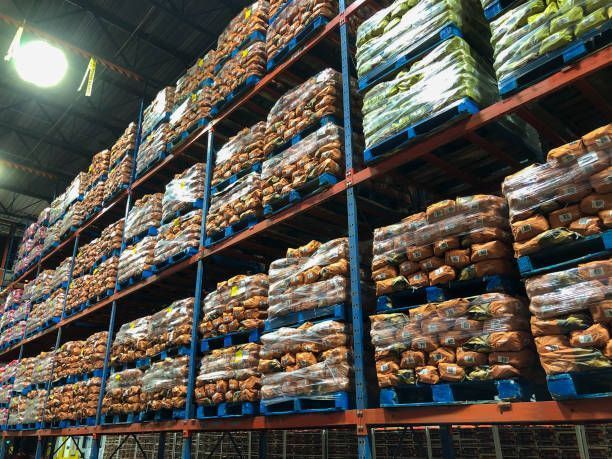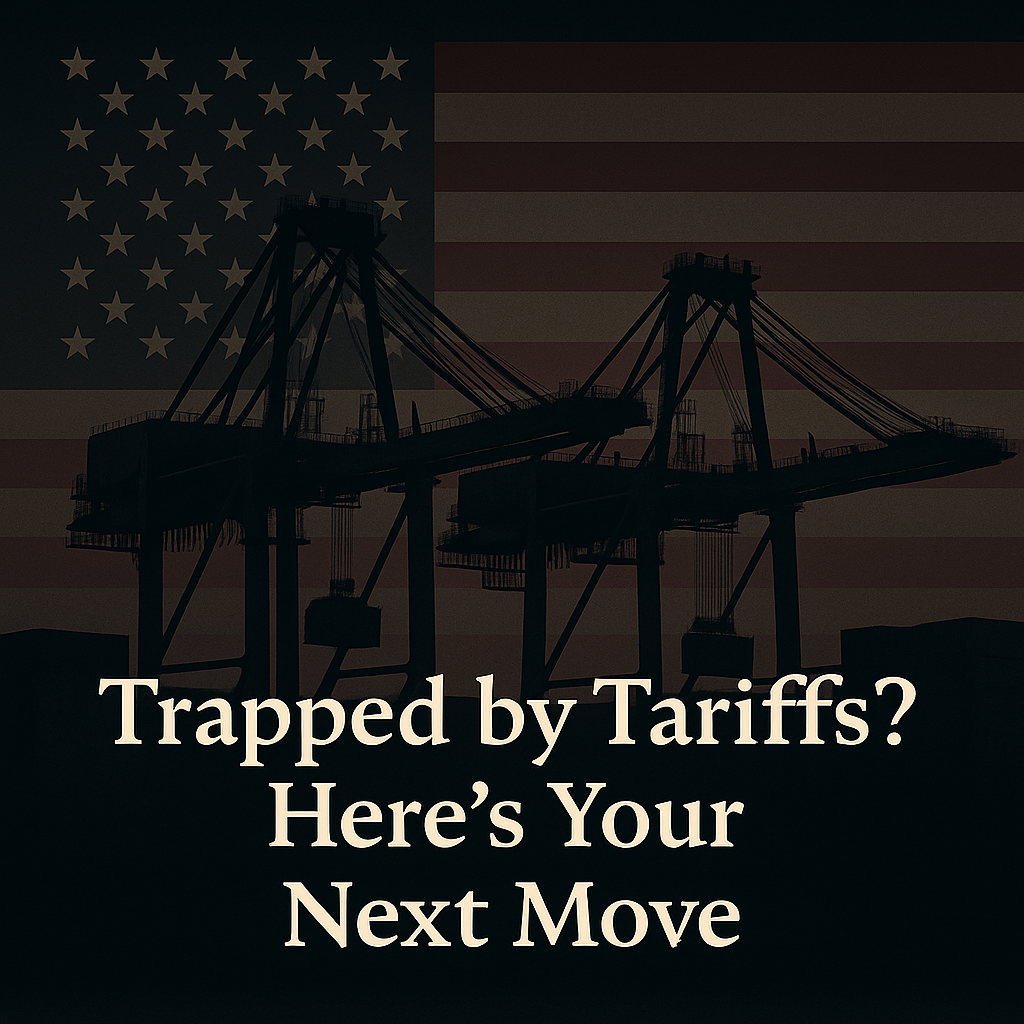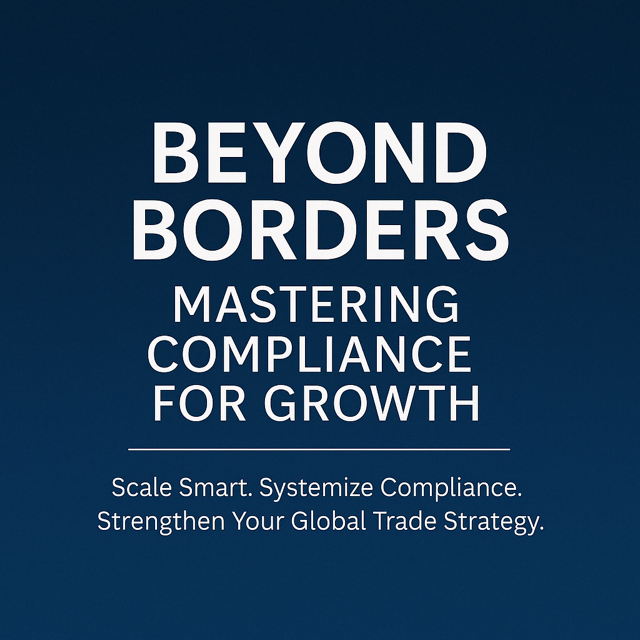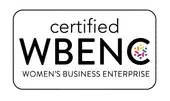July 17, 2020
The IoT, or Internet of Things, is mentioned quite a bit across many different industries and seems to have a never-ending amount of benefits for businesses and consumers. IoT also has a place in cold chain logistics, especially for TCS perishables. Here is a rundown of what it means for the industry and the advantages for food-related organizations, including production plants to restaurants. IoT and TCS TCS foods require special care to ensure they arrive at their destination unspoiled. No matter where TCS perishables come from or where they are going, everyone involved in the supply chain is required to monitor food to keep it fresh and mitigate waste. The right approaches here will save companies money while also keeping consumers safe. TCS perishables used to rely on manual reporting and tracking. Mistakes could easily result in a loss of the entire shipment if the temperature dropped and went unnoticed or the delivery delayed on the road due to a breakdown. IoT allows companies better to track their investment with less hassle and less waste. Benefits of Using IoT for TCS Perishables There are quite a few benefits of using IoT solutions for TCS perishables that could save your organization money, stress, effort, and time. A few includes: Automation Control of TCS Those in the industry are incredibly familiar with TCS and what it means for their bottom line. Tracking temperatures and time are necessary to ensure that bacteria do not have a chance to grow and spoil the food. IoT solutions allow for better control and monitoring of the temperature, humidity, and other conditions for your TCS foods. Fleets and storage systems can easily use software to track temperature, retain an appropriate environment, and correct if needed. Alerts When Something is Wrong If something does go wrong with the temperature for these types of foods, fast action is needed. IoT solutions allow alerts, such as push notifications, to be sent out to the appropriate people, allowing them to react quickly and ensure that the temperature or other issues are immediately adjusted before the food spoils. Real-time notifications can inform you of issues with a cooling system, vehicle malfunctions, future repairs needed, or other problems within a setting. You can also set up alerts to notify dispatchers, so if there is a breakdown on the road, technicians can get to work quickly on diagnosing and repairing the issue. Combined with automation control, alerts allow you to mitigate the chances of loss to TCS perishables in the supply chain. Real-Time Location Tracking











